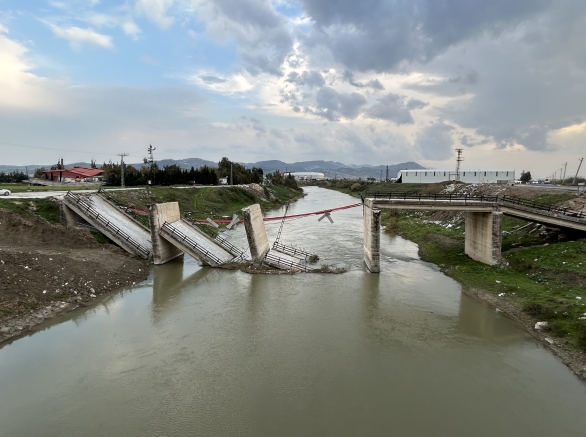While earthquakes are fraught with inherent uncertainties, employing advanced seismic performance and probabilistic risk assessment approaches can provide greater clarity in understanding and mitigating seismic risks to structures and infrastructure.
As a leader in seismic risk assessment and protective systems, as well as post-earthquake safety and damage assessment, Exponent is at the forefront of cutting-edge techniques and research for evaluating earthquake risks. At the 14th International Conference on Application of Statistics and Probability (ICASP14) in Civil Engineering, Exponent Building & Structures Associate Maha Kenawy, Ph.D., will present on the latest approaches and frameworks for assessing seismic risk to building structures subjected to strong ground shaking and electric power infrastructure subjected to earthquake-induced landslides. Learn more below.
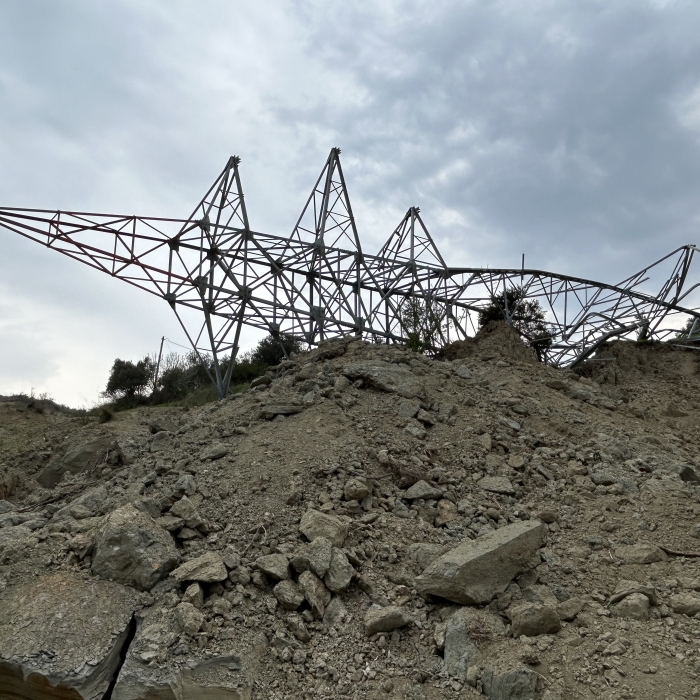
"Probabilistic Risk Assessment of Electric Power Infrastructure Subjected to Earthquake-Induced Landslides"
MONDAY, JULY 10 | 1:30-3:30 IST
Speaker: Maha Kenawy, Ph.D.
Exponent has developed a probabilistic framework to assess the vulnerability of electric power transmission structures to shallow landslides induced by earthquake ground shaking. This presentation will describe the vulnerability of transmission pole structures to differential ground movement during landslide events, as a function of their configuration, material properties, and connectivity to electrical overhead conductors — and more.
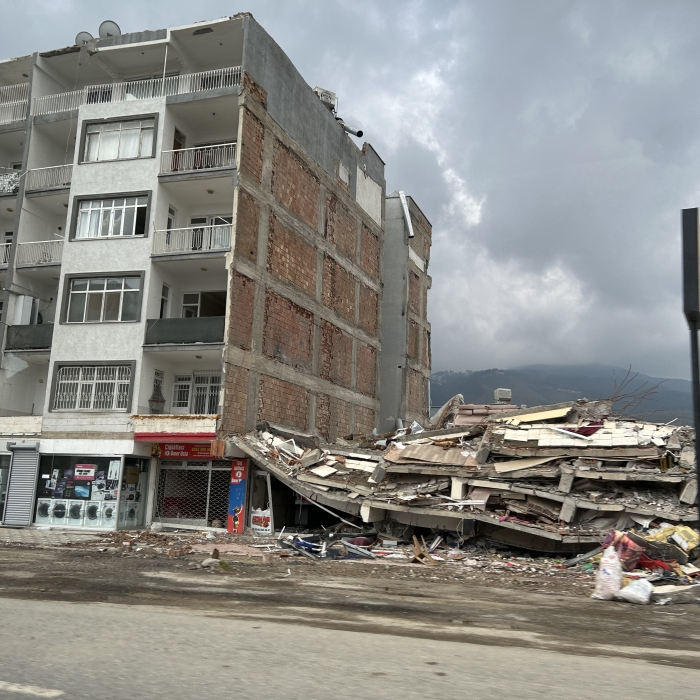
"Selection of Near-Fault Physics-Based Simulated Earthquake Ground Motions for Seismic Performance Assessment of Structures"
TUESDAY, JULY 11 | 1:30-3:30 IST
Speaker: Maha Kenawy, Ph.D.
Selecting earthquake records for seismic performance assessment of near-fault structures is challenging. A common approach to represent the near-fault ground motion in engineering analysis is to explicitly consider records with strong directivity pulses (pulse-type records) in ground motion selection. This presentation will examine this approach by using physics-based fault rupture simulations and high-performance computing tools to measure the bias associated with selecting earthquake records for the analysis of near-fault structures.
"As engineers, these post-earthquake reconnaissance efforts allow us to better understand seismic risks and record valuable information that will inform design professionals, city planners, and emergency responders." — Buildings & Structures Senior Managing Engineer Ezra Jampole, Ph.D., P.E. | Read more.
Held at Trinity College Dublin, the five-day ICASP14 conference features global leading minds exploring new approaches in applying statistics and probability in civil engineering. Attendees emerge with innovative strategies for assessing a multitude of risks and uncertainties in civil engineering, building, and construction applications.
Join us
Register now for ICASP14.
What Can We Help You Solve?
Exponent conducts probabilistic structural risk assessments of buildings, bridges, and other structures to determine the annual likelihood of unacceptable seismic performance and provide recommendations for strategies to achieve target levels of reliability.

Seismic Risk Assessment
Probabilistic seismic risk assessments of buildings, bridges, and other structures.

Seismic Protective Systems
New facility designs, analyses, testing, and peer review of seismic protective systems, as well as rehabilitation strategies for existing buildings.
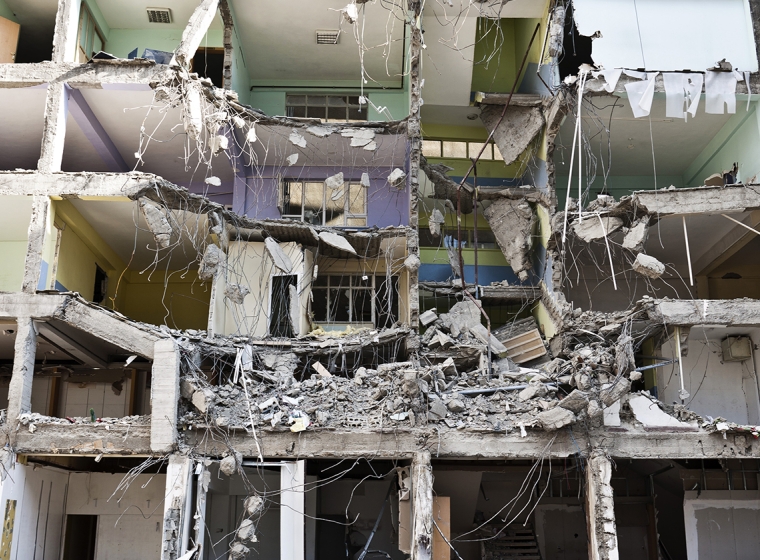
Post-Earthquake Safety & Damage Assessment
Quickly understand and respond to earthquake damage, evaluate causal factors, and identify repairs.
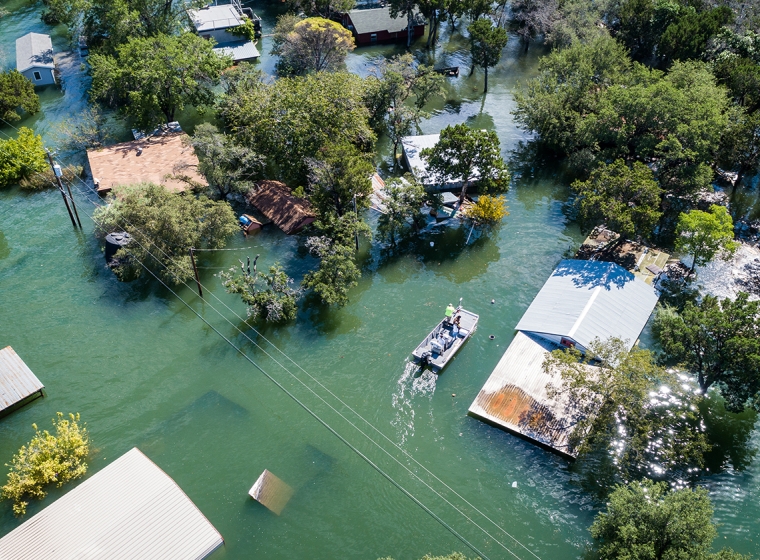
Emergency Response
Rapid, data-driven engineering response to natural disasters, accidents, and human-made catastrophes.

Landslides & Slope Failures
Full support, including evaluation and testing services for landslides, slope failure, and issues of erosion.
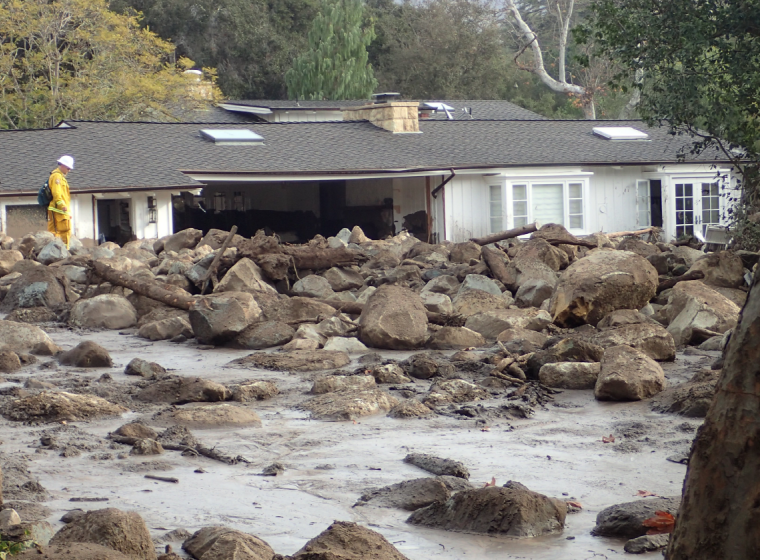
External Hazards: Risk Assessment & Mitigation
Accurate assessment, mitigation, and remediation support for external hazards and natural disasters.

Structural & Geotechnical Quantitative Risk Assessment
Innovative, quantitative risk assessments to support climate-change planning that helps protect buildings, infrastructure, and other valuable assets.

Structural Health Monitoring
Assess and manage risk for the structural integrity of buildings, bridges, retaining walls, and more.

Performance-Based Structural Design
Optimize design and structural performance with cutting-edge analysis.


